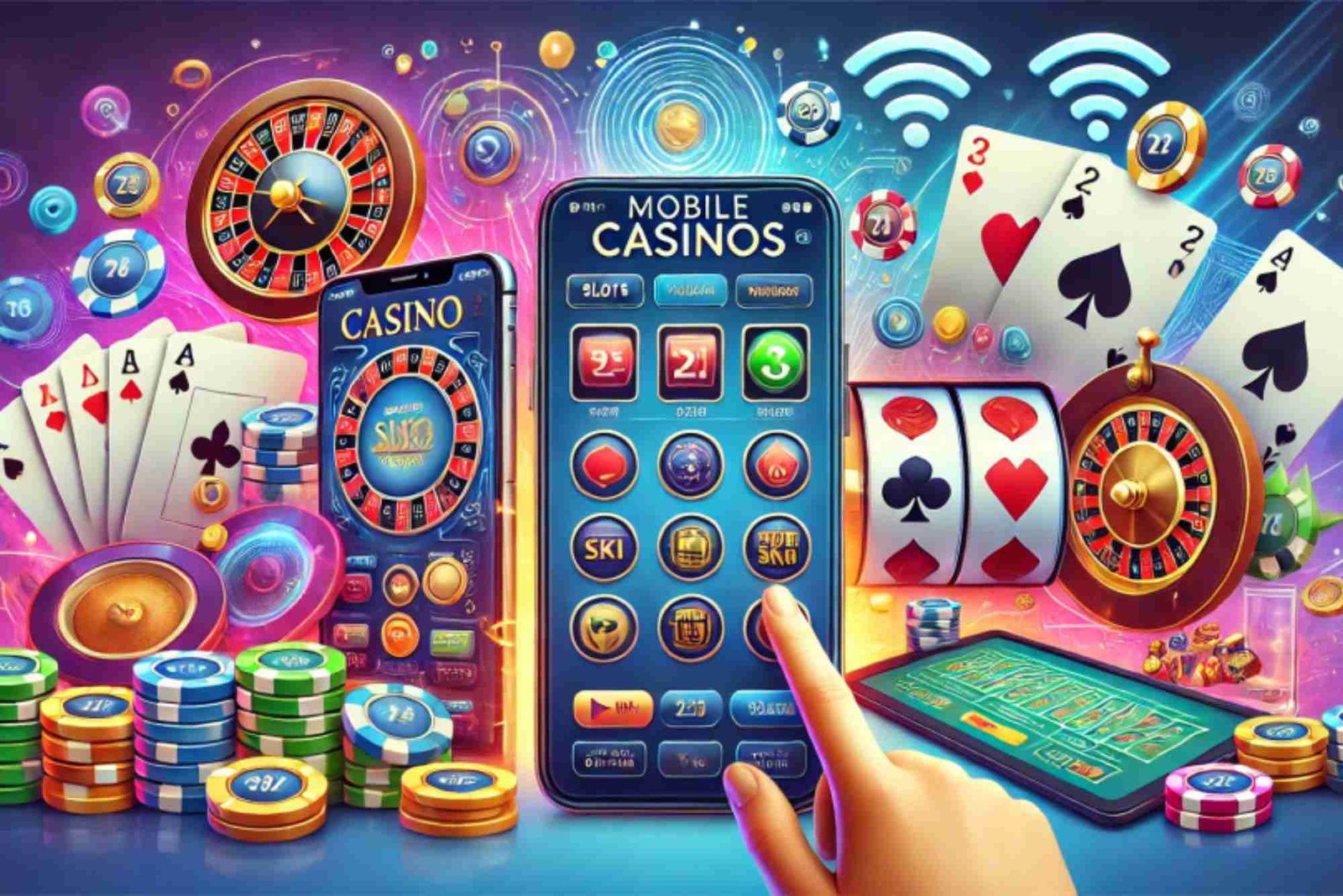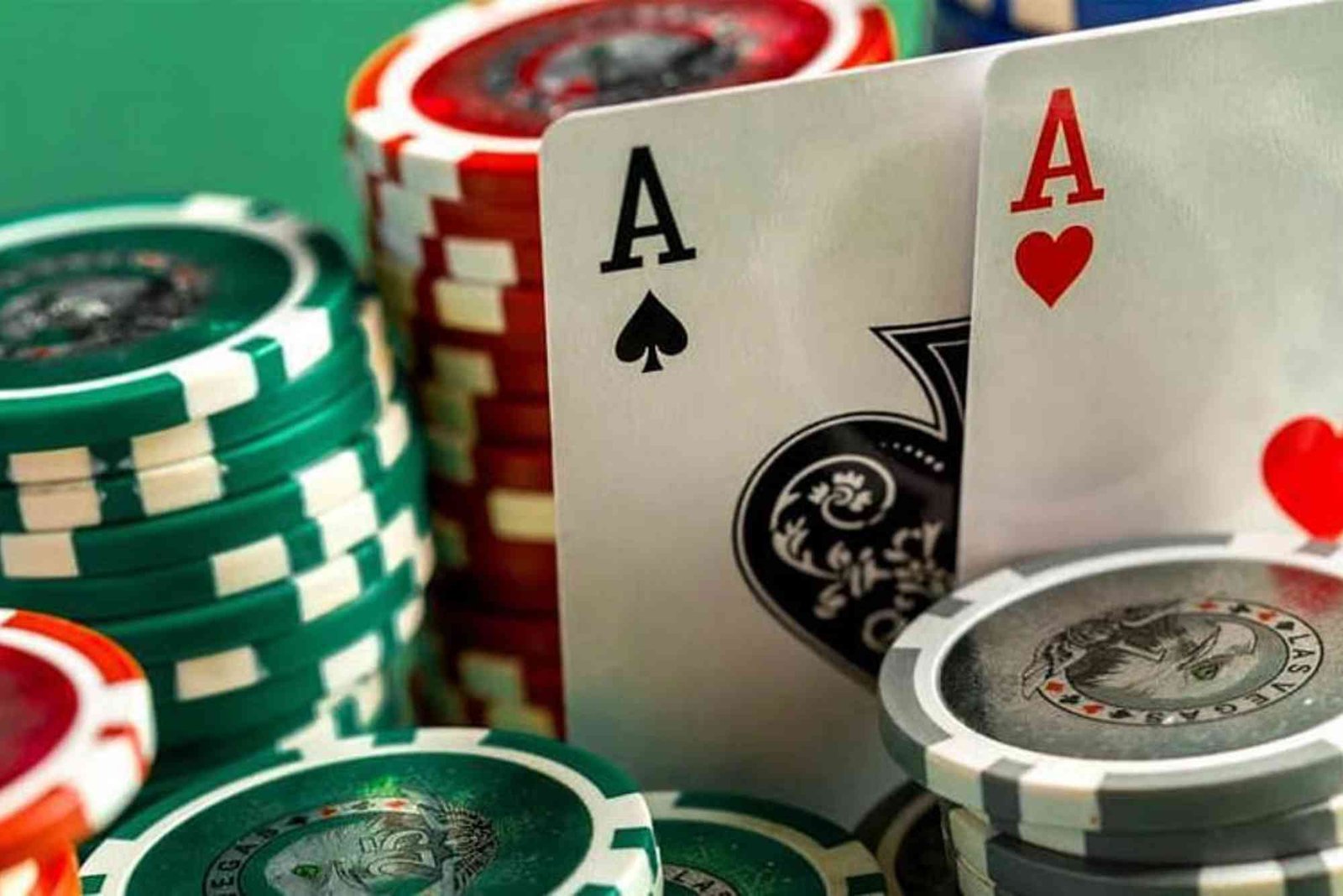Slot machines have always been at the heart of both physical casinos and online platforms. Their universal appeal comes from the perfect blend of entertainment, anticipation, and reward. But the thrill behind each spin is no accident. Developers carefully design slots to maximize excitement, keeping players engaged for longer periods. From visuals and sound to math models and reward systems, every detail is meticulously crafted. The deeper you look, the clearer it becomes that slot games are not just about chance—they are the result of psychological and technological design.
The Psychology Behind Slot Design
Developers know that slots succeed when they trigger emotional responses. Bright colors, fast animations, and flashing lights are staples of slot machines, stimulating the brain’s reward centers. Sound plays a critical role as well, with celebratory tunes for wins—no matter how small—giving players a sense of achievement.
What makes slots particularly engaging is the unpredictability of outcomes. Wins may not come often, but when they do, the excitement is amplified by surprise. This unpredictability is powered by random number generators (RNGs), ensuring fairness while maintaining suspense. Much like in non uk licensed casinos, where the appeal often lies in unique designs and innovative mechanics, developers create experiences that go beyond simply pulling a lever or clicking “spin.” It’s about immersion and anticipation, layered with design that appeals to both the eyes and ears.
In fact, the structure of slot play is similar to fitness and sports design principles found at Intersport UK, where motivation and momentum drive performance. Both industries tap into human psychology to keep participants engaged and striving for the next reward.
Math Models and Reward Structures
Behind the fun visuals lies a serious mathematical foundation. Every slot is built on a return-to-player (RTP) percentage and a volatility model. RTP determines how much a slot will theoretically return over time, while volatility decides how frequently and how big the wins will be. High-volatility slots may not pay out often, but they create bigger moments of excitement when they do. Low-volatility slots, on the other hand, offer smaller but more frequent wins, which keeps players engaged through consistency.
Developers carefully balance these elements to appeal to different player types. Some players want the thrill of chasing huge jackpots, while others prefer the steady flow of small wins that keep the game enjoyable. The design goal is to make every player feel that “big win” could be just one spin away.
The Importance of Visual Themes
Thematic design is one of the most powerful tools in slot development. Whether it’s an ancient Egyptian adventure, a futuristic sci-fi universe, or a slot inspired by pop culture, the theme provides an immersive setting for gameplay.
Themes are not chosen randomly. Developers research player preferences and cultural trends, ensuring the content resonates with a broad audience. Visuals are combined with corresponding audio cues and bonus features that reinforce the theme. For example, a pirate-themed slot may include treasure chest bonuses, while a mythology-based slot might have expanding wilds tied to gods or legends.
Bonus Features and Interactivity
To keep players engaged, modern slots often include bonus features like free spins, multipliers, pick-and-win games, and progressive jackpots. These features break the monotony of spinning reels and provide players with a sense of control, even though outcomes are still random.
Bonus features also create a “second layer” of excitement. Instead of only focusing on the base game, players anticipate the activation of bonus rounds. These extra mechanics are designed to extend playtime, increase engagement, and add depth to what would otherwise be a simple spin-and-stop mechanic.
The Role of Technology
Technology has revolutionized slot design. In the past, slots were mechanical, limited to three reels and a few symbols. Today, online slots feature five or more reels, hundreds of paylines, and complex graphics powered by advanced software. Developers use cutting-edge technology to create animations, 3D effects, and mobile compatibility.
Online platforms also allow developers to experiment with unique mechanics like cluster pays or cascading reels, which wouldn’t be possible in traditional slot machines. These innovations not only refresh gameplay but also attract new audiences who might find standard slots too repetitive.
Player Retention and Engagement Strategies
Designing for excitement isn’t just about the first spin—it’s about long-term engagement. Developers employ strategies to keep players returning. Daily rewards, seasonal promotions, and gamified progression systems are becoming increasingly common. By integrating achievement systems or tiered loyalty programs, slots start to resemble video games, where progress is just as important as the outcome.
These mechanics make players feel invested in the game, turning casual sessions into long-term entertainment. It’s no longer just about winning money—it’s about enjoying the journey, unlocking features, and experiencing excitement along the way.
Responsible Design Considerations
While slot machines are designed for excitement, responsible gaming practices are equally important. Developers must balance engagement with safeguards that prevent harmful play. Features such as session time reminders, win/loss trackers, and voluntary deposit limits help players stay in control.
The challenge is ensuring games remain entertaining without encouraging reckless behavior. As regulation becomes stricter worldwide, developers are under pressure to design with responsibility at the forefront. This balance between entertainment and ethics is shaping the future of slot design.
Final Thoughts
Slot machines are much more than spinning reels and random outcomes. They are a blend of psychology, mathematics, technology, and creativity. Developers carefully craft every aspect—from themes and visuals to reward systems and bonus features—to keep players engaged and excited. By understanding human behavior and leveraging cutting-edge tech, they ensure each spin delivers the thrill of possibility.
The next time you play a slot, remember that every sound, symbol, and feature was intentionally designed to heighten anticipation and maximize excitement. Slots may be simple on the surface, but behind the scenes, they are among the most sophisticated forms of digital entertainment.




